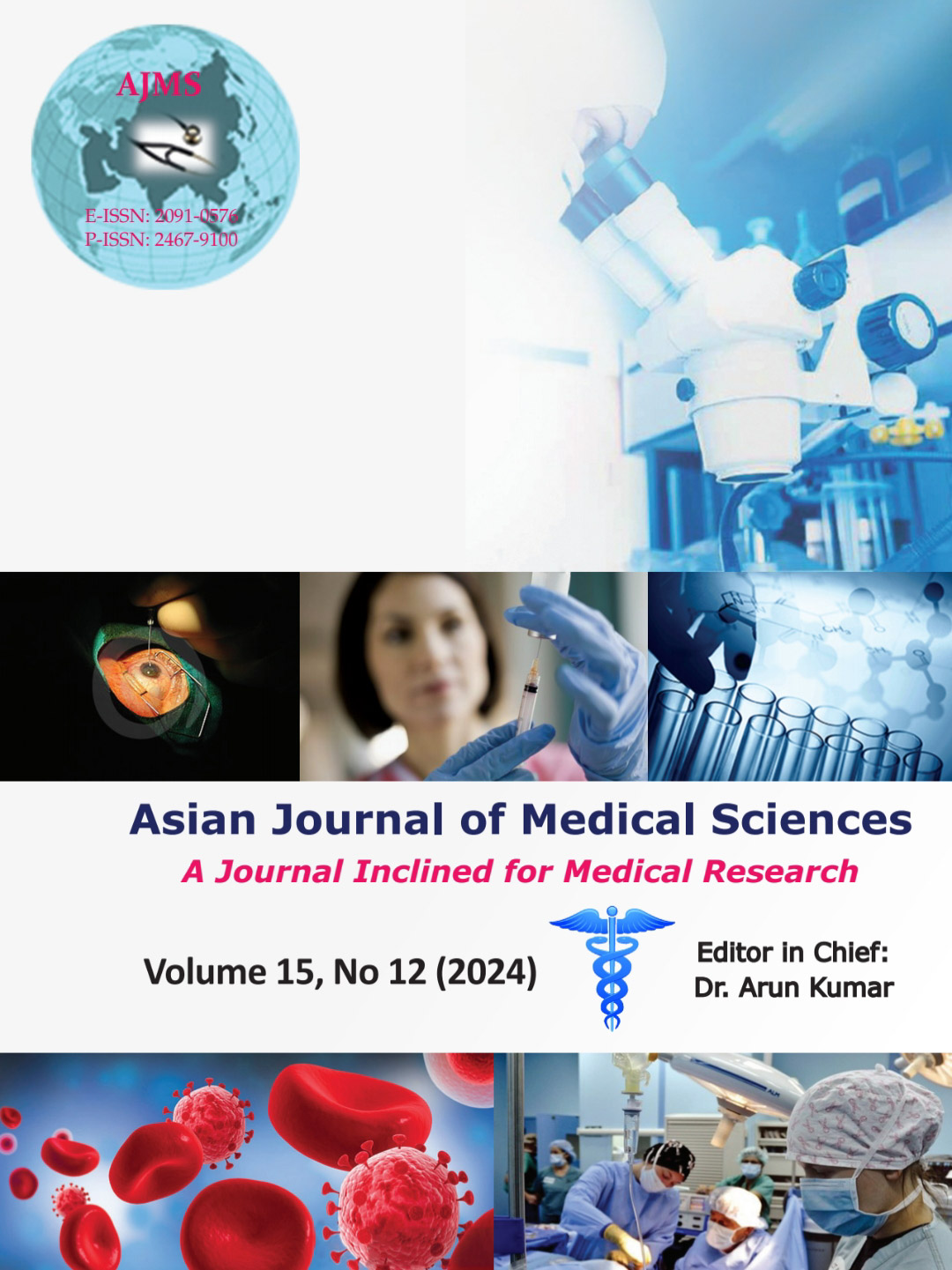Evaluation and comparison of disability and functioning of low-risk pregnant women in 2nd and 3rd trimester using the world health organization disability assessment schedule 2.0
Keywords:
Disability and functioning; Disability evaluation; International classification of functioning; Pregnant women; Low risk pregnancy; WHODAS 2.0Abstract
Background: Pregnancy is a physiological phenomenon where there is progressive anatomical, physiological, and biochemical change not only confined to the genital organs but also to all the systems of the body. There is a lack of knowledge in the field of functioning and disability among women with low-risk pregnancy without severe complications, and the condition that can lead to limitation in activity and restriction of participation. Considering the lack of research and the fact that the physiological changes of pregnancy can impact negatively on women’s functioning, the purpose of this study was to evaluate disability and functioning of low-risk pregnancy and its associated factors using a specified diagnosed tool developed by the World Health Organization (WHO).
Aims and Objectives: The aim of the study was to evaluate disability and functioning of low risk pregnancy using the WHO disability assessment schedule 2.0 (WHODAS 2.0).
Materials and Methods: This is an observational hospital-based prospective study, 140 women aged 18–35 year with low-risk pregnancy were interviewed first in 2nd trimester using WHODAS 2.0 questionnaire which was followed by 2nd interview in 3rd trimester with a minimum gap of 8 weeks and comparison was done between both trimester.
Results: Higher level of disability observed in cognition in 2nd trimester (P=0.009) while mobility and life activities domain were high in 3rd trimester (P=0.01 and P=0.027). Self-care domain had P=0.008 which was statistically significant with increasing level of difficulty in self-care as pregnancy advances. Getting along (P=0.005), participation (0.042) indicating greater difficulty as pregnancy progresses.
Conclusion: The findings showed that even in a low risk pregnancy, functioning can be affected in different domains. The identification of impairments to functioning could enable improvement in care. Longitudinal studies involving the first trimester and postpartum are necessary to gain insight into women’s disability and functioning during the pregnancy puerperal period.
Downloads
Downloads
Published
How to Cite
Issue
Section
License
Copyright (c) 2024 Asian Journal of Medical Sciences

This work is licensed under a Creative Commons Attribution-NonCommercial 4.0 International License.
Authors who publish with this journal agree to the following terms:
- The journal holds copyright and publishes the work under a Creative Commons CC-BY-NC license that permits use, distribution and reprduction in any medium, provided the original work is properly cited and is not used for commercial purposes. The journal should be recognised as the original publisher of this work.
- Authors are able to enter into separate, additional contractual arrangements for the non-exclusive distribution of the journal's published version of the work (e.g., post it to an institutional repository or publish it in a book), with an acknowledgement of its initial publication in this journal.
- Authors are permitted and encouraged to post their work online (e.g., in institutional repositories or on their website) prior to and during the submission process, as it can lead to productive exchanges, as well as earlier and greater citation of published work (See The Effect of Open Access).




